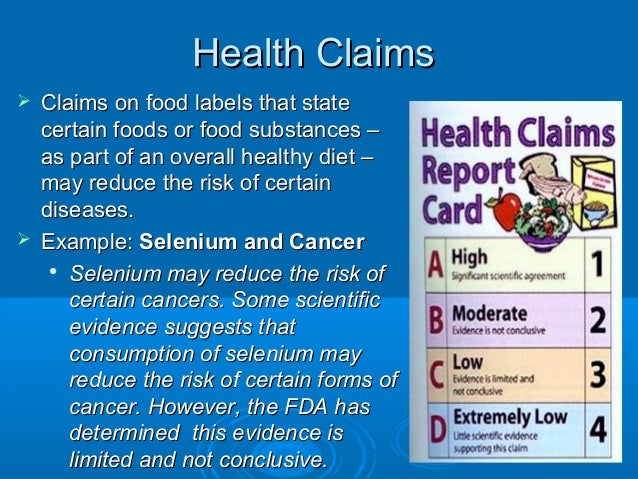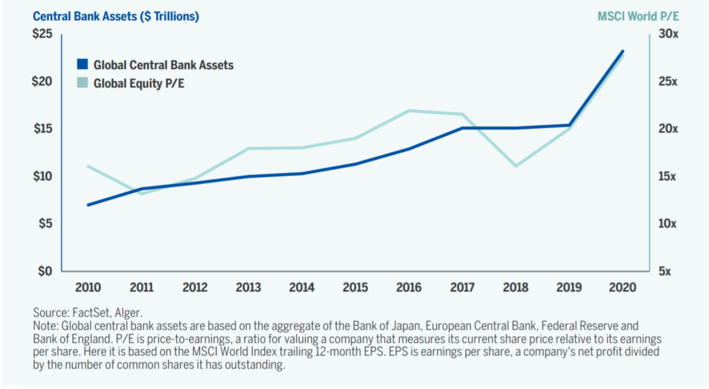44 understanding food labels uk
10 tips for understanding food labels - Heart Matters magazine Here are 10 easy tips to help you read back-of-packet labelling: 1. Read the ingredients list Most pre-packaged foods have an ingredients list on the back of the packet. Everything that goes into your food will be listed in weight order from biggest to the smallest. Lidl makes major change to its food labels - and it will help ... Jun 10, 2022 · Shoppers looking to donate to food banks can find the label on 30 different items across all Lidl stores in the UK. The signage will highlight carefully selected long-life items that offer a ...
Understanding UK food labels - Gym Training Understanding UK food labels: Understanding food labels is really important when you are choosing pre-packaged foods, or drinks. Reading the labels means that you can make a better informed choice about the foods you are buying. This will help you to decide if the produce is a 'healthier choice'.

Understanding food labels uk
PDF Understanding and using food labels - FDF Scotland Understanding Food Labels -Food Standards Scotland's consumer guidance Guidance on how to create a front of pack nutrition label, including how the colour code is defined Nutrition and Health Claims Regulations -the legislation which sets out when a claim can be made The list of authorised nutrition and health claims can How to understand Nutrition food labels (EU/UK) — Gemma Sampson Here enters the need for nutrition labels, and some code to decipher what they mean: Energy. Energy free - less than 4kcal (17kJ) per 100ml. Reduced energy - at least a 30% reduction from the original product/compared product. Low energy - less than 40kcal (170kJ) per 100g for solids OR <20kcal (80kJ) per 100ml for liquids. Understanding recycling symbols | Recycle Now As local authorities do not all collect the same materials, the labels are based on what the majority collect, or do not collect. If in doubt, enter your postcode into our Recycling Locator tool to find out what you can put in your home recycling bin and how to recycle specific items such as mobile phones and textiles.
Understanding food labels uk. Food labelling - get into the habit of checking the label Look for five key points on the label: 1. Energy The terms 'kJ' and 'kcal' (calories) tell you how much energy is in a product. Women need an average of 2,000 kcal a day and men need 2,500 kcal on average. 2. Saturates Saturates is another word for saturated fat. This section tells you about the amount of saturated fat in the product. 3. Salt Looking at labels - British Nutrition Foundation Food labels provide a lot of useful information about what foods and drinks contain, provided you know where to find the information you're looking for. The laws around food labelling in the UK have largely been retained from European Union (EU) legislation on the provision of food information to consumers. Understanding meat labels | Organic UK Some standards used in the UK, like the EU's organic regulations, are rigorous and specific while others like "farm-bred" or "grass-fed" are not as clearly defined. Our quick guide will help you understand labelling and symbols like Red Tractor, outdoor-reared and organic - and what they mean for your Christmas turkey or New Year ... Food teaching in secondary schools: knowledge and ... - GOV.UK Nov 19, 2015 · Support for secondary schools to implement the requirements for food teaching within the new National Curriculum for Design and Technology (D&T) in England, the GCSE Food Preparation and Nutrition ...
How to read a nutrition label - The Food Medic Salt: 0.3g or less is low (green) , 0.4 - 1.5g is medium (amber), more than 1.5g is high (red) It can also be useful to look at the fibre content on the label. A food is a 'source of fibre' if it contains at least 3g of fibre per 100g and 'high-fibre' if it contains 6g of fibre or more per 100g (2, 3). Understanding food labels | Diabetes UK The labels show how many calories are in the food or drink and are also colour coded to show whether the food is low (green), medium (amber) or high (red) in fat, saturated fat, sugar and salt. The information on the front of the pack also tells you how the portion of the food contributes to the Reference Intake (RI) of an adult. Labelling | Food Standards Agency Nutrition labelling It is mandatory for nutrition information to be declared on prepacked food. In Northern Ireland, the FSA is responsible for nutrition labelling. District Councils enforce these... How to Understand food labels - Practical tips and advice Food Label Decoder Ingredients lists Most pre-packaged foods have an ingredients list on the back of the packet. Everything that goes into your food will be listed in weight order from biggest to the smallest. Hence, if the first products on the list are sugars or butter etc then these make up the largest proportion of the product.
Understanding food labels - Blood Pressure UK The label will tell you how much energy (in kilocalories and kilojoules), fat, saturated fat (often written as saturates), carbohydrate, sugars, protein and salt is in the food. The amounts will be given per 100g or 100ml of the product, and sometimes by portion as well, so you can work out how much you're eating. Understanding Food Labels Made Easy - Weight Loss Resources How to Read Food Labels. The Traffic Light Scheme. Provides a colour code for four main nutrients we should eat less of - fat, saturates, sugars and salt - based on traffic light colours. The colours are worked out by looking at the nutrient content per 100g of the food: green indicates a low content, amber a medium content and red a high ... Understanding Food Labels | Ignite | Brother UK Currently labels typically include use-by date, origin of product, allergens, quantity, barcode, name of food, ingredients, nutritional value, name and address of the manufacturer, packer or seller, storage conditions and, if relevant, cooking instructions. Food label issues Understanding food labels | nidirect Understanding food labels Most pre-packed foods have a nutrition label on the back or side of the packaging. They can help you choose between products, and keep a check on the amount of foods high...
Front of Pack nutrition labelling guidance - GOV.UK Jun 19, 2013 · The Front of Pack nutrition labelling scheme combines colour coding and percentage reference intakes in line with UK health ministers’ recommendations and the requirements of Article 35 of EU ...
Understanding food labels - World Cancer Research Fund Looking at front-of-pack labels is the easiest way to see whether a food is a healthier choice, but it can also be confusing. Traffic light system The labels usually include traffic light colours which show you if the product is high, medium or low in fat, sugar and salt. Red: Eat occasionally
Understanding Food Labels - YouTube In a tizz about food labels? Let Sophie and Paul explain how to decipher common food labelling to help you make healthier choices!
Best before and use-by dates | Food Standards Agency We can’t see or smell the bugs that can cause food poisoning. Manufacturers are responsible for deciding whether to apply a use by date or a best before date on their products. This will depend on factors such as how the food is made and how risky it is. They will make sure the right label is used on the product. Always check the date labels ...
FREE! - Understanding Food Labeling PowerPoint - Twinkl Nutrition Labels Comparing two different food labels and deciding which is the healthier choice Nutrition facts labels have to include Here are the nutrition facts that labels absolutely have to list without fail: Total fat Saturated fat Trans fat Cholesterol Sodium Total carbohydrate Dietary fibre Sugars Protein Vitamin A Vitamin C Calcium Iron
Understanding food labels - Livewell It's important to understand energy values on food labels. Many products will list the calories on the front of the pack, along with further key information such as fat (and saturated fat), sugar, and salt. Food labels will almost always display energy values in kilojoules ("KJ") and kilocalories ("kcal", usually referred to as "calories").
Food labelling and packaging: Overview - GOV.UK To sell food and drink products, the label must be: clear and easy to read permanent easy to understand easily visible not misleading You must show certain basic information and list the...
Food labels - NHS Most pre-packed foods have a nutrition label on the back or side of the packaging. These labels include information on energy in kilojoules (kJ) and kilocalories (kcal), usually referred to as calories. They also include information on fat, saturates (saturated fat), carbohydrate, sugars, protein and salt.





Post a Comment for "44 understanding food labels uk"